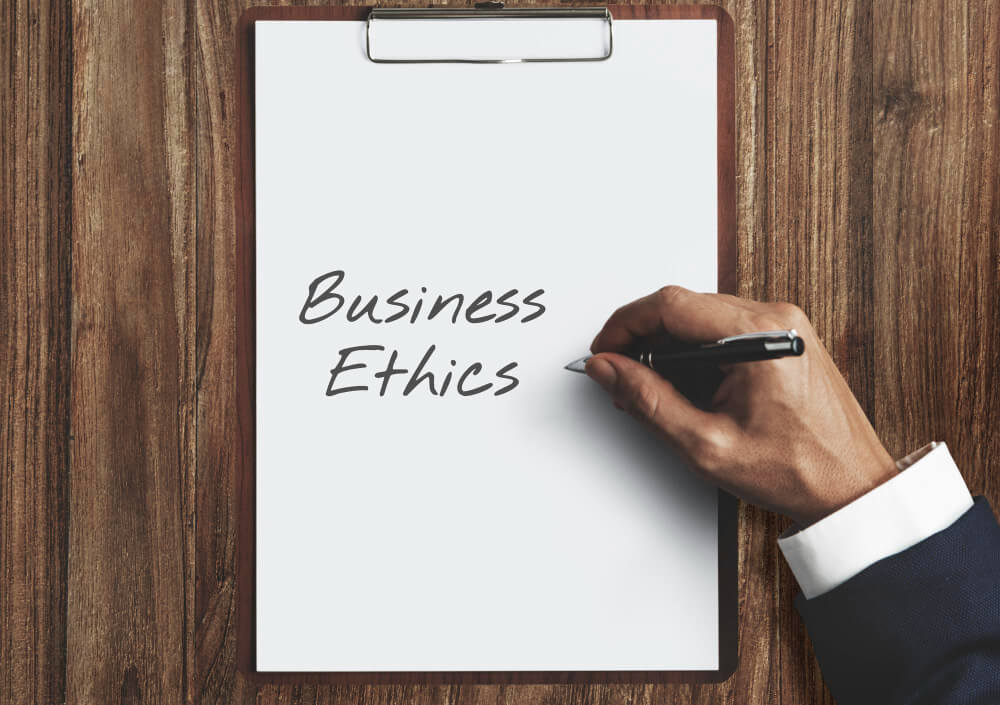Does your company have a crisis communications plan?
Regardless of size, every organization should have one for many reasons. First, you owe it to your constituents whether they are stakeholders, or users of the service you provide or the wiki you sell. Second, the public at large — and most definitely the news media — will demand to see responsible and swift action on your part to properly inform what is happening should a crisis ensue.
It’s hard not to think about what a good crisis communications plan could do for a company like Beyond Petroleum, which for the moment is deeply mired in its own PR oil slick down in the Gulf of Mexico. Undoubtedly they have such a plan, so why did it fail? Or why is it fialing? And it’s failing every hour that its underwater video footage runs parallel to the talking heads on TV and online at pick-any-site. Or is this simply a case where no amount of crisis planning can stem the petro tide of this really bad news?
Moreover this environmental tragedy has now become a PR problem all the way to the Obama White House and will spill into the fall elections most likely (although note here how the use of “spill” is appropriately used; if BP were more forthcoming, it would never have issued such a dainty word as “spill” to describe the rupturing, spewing, unrelenting gusher of oil that is flooding the gulf like a Biblical plague, and the news media would not keep re-enforcing its use by repeating it like a bad sheep mantra —“Ba Ram Spill” time and time again).
Let’s just skim the slimy surface of this issue for a moment and count five of the subtle and not-subtle ways the alleged crisis communications platforms splintered and fell into the goo:
1) Get the facts right, right away. The number of gallons of oil spewing into the gulf changed ridiculously in the first weeks of the event, soiling BP’s oily credibility right out of the pipe. Start with a bigger number, it’s easier to peel back to a smaller one once you have figured out the accurate amount blowing out of this voilcano.
2) Don’t toss the blame around. While BP has said it will do all that it can to contain the mess and compensate its victims (at least the human ones), they should have made some attempt to assume some overall responsibility for the problem in front of the congress and out in the gulf communities rather than saying or implying the other companies working on the rig should share the blame. Of course they should. But show some leadership, it has merit and demonstrates good faith, such as it is.
3) Make sure your short-term remedy is not worse than the long-term problem. A few stories generally outside of the mainstream media have covered the dispersants used to break up the oil and how it is allegedly sickening workers who have been exposed to it. Here again is another part of the PR disaster, a second head of the hydra, which could well expand in the days ahead, causing more trouble for company execs who just want their life back.
4) Don’t get punked online. Have you heard about the fake BP Twitter Feeds that have been polluting the cybergulf? Where were the company’s viral watchdogs to prevent these from even being up more than 20 minutes or more?
5) Work the crisis plan —and if the plan isn’t working, begin anew. Immediately. I’ve heard a variety of adjectives and expressions used to describe the PR effort and the people behind it and they range from “Neandrathals” to “a PR disaster” to “end of its PR rope” to “staining BP’s reputation” and many, many more. I have also read that the company is buying full-page ads as part of its PR plan. But the public, growing more cynical by the gallon of BP gas they don’t pump into their vehicles, is wise to paid media. They know and expect these mea culpa ads to appear but they are not in the end an effective way to handle the many challenges this crisis demands.
So what would you do?










